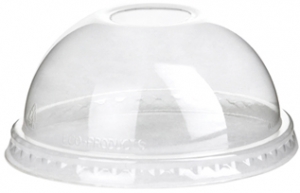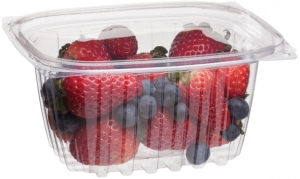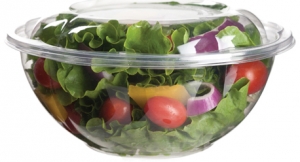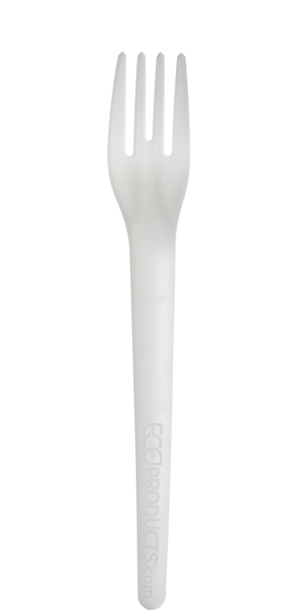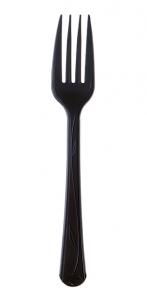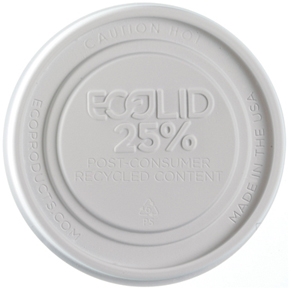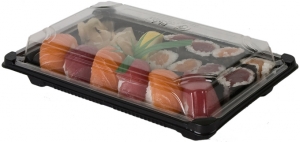|
|
|
|
|
|
|
|
|
|
|
|
|
|
|
|
|
|
|
|
|
|
Do compostable products make methane if they go into landfills?
In a capped landfill (the most common type of landfill in the US), our products and most plastics will remain stable and not be a significant contributor to methane emissions as far as we know. Compostable PLA plastic breaks down in aerobic composting scenarios best, and composting is not a significant source of methane. Composting is a specific aerobic (oxygen rich) process which occurs in compost piles only, not inside sealed anaerobic (oxygen deprived) landfills. Other bioplastics have shown different results in landfills, and some bioplastics are being engineered to behave differently in landfills. Eco-Products uses PLA plastic exclusively in our compostable products, and it is tested and clearly marked for commercial compost.
Methane in landfills results from organic materials that end up in anaerobic (air-locked or capped) landfills and are deprived of oxygen and micro-organisms. Over long periods of time, organic material slowly degrades anaerobically resulting in the creation of methane gas. Methane gas is more harmful to the atmosphere than CO2 over its lifetime. Landfills are the second largest source of man-made methane emissions in the US, and much of this is attributed to the long legacy of organic matter anaerobically decomposing in the landfill and making methane gas. This is why it is more important than ever to keep as much organic matter like food scraps, yard waste, and agricultural waste out of the landfill. Plastics are generally stable in the landfill, and things like foam will stick around for a very long time – we are not sure when they will ever really break down.







